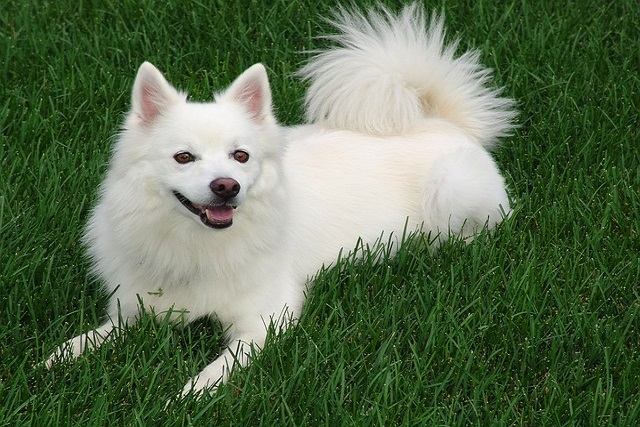
Can a dog ear infection go away on its own?
You’re in the backyard, watching your pup chase a squirrel, when you notice they keep scratching their ear and shaking their head.
Watching your loyal senior dog slow down as the years pass is hard—but knowing whether they’re just aging or silently in pain can be even harder. Unlike puppies, senior dogs often hide discomfort (a leftover instinct from the wild, where showing weakness makes them vulnerable), so you need to look for subtle changes in their behavior. For new U.S. dog owners caring for an older pup—especially those in apartments where daily routines are consistent—spotting these signs early helps you get them relief and keep their golden years comfortable.
Senior dogs most commonly feel pain from arthritis (worn joints), dental issues, or internal discomfort. Their bodies also process pain differently than younger dogs, so obvious signs like whimpering are rare. Instead, pain shows up in small, daily changes. My 12-year-old Lab, Max, started sleeping in the hallway instead of his bed—turns out, the stairs to his bedroom hurt his hips. The vet explained that senior dogs adjust their habits to avoid pain, so noticing these shifts is key. Punishing a senior dog for “bad” behavior (like accidents or refusing to walk) is never okay—it violates U.S. animal welfare standards and punishes them for being in pain, which only adds stress.

Start by tracking their routine: Look for changes in movement (stiffness when standing, limping, avoiding stairs or couches), grooming (stopping licking paws or brushing fur—pain makes bending hard), eating (loss of appetite, especially if chewing hurts), and sleep (restlessness, waking often, or sleeping more than usual). Emotional cues matter too: irritability (growling when touched), hiding, or losing interest in play. For apartment dogs, watch if they stop greeting you at the door or hesitate to jump on the couch (a spot they once loved). If you notice any of these, gently check for tender spots (like their hips or paws)—if they flinch, it’s a sign to call the vet. Never give human pain meds (like ibuprofen)—they’re toxic to dogs.
When taking your senior dog to the vet, confirm their rabies vaccine is up to date (required in all U.S. states)—older dogs need consistent boosters for immune support. On walks, carry extra poop bags and go at their pace—don’t rush them. Leaving messes in apartment hallways isn’t just rude; cities like Seattle fine owners up to $250, and accidents due to pain should be cleaned with kindness, not scolding.
Telling if a senior dog is in pain takes patience and attention to detail. By noticing small changes and seeking vet help, you’ll help your loyal companion stay comfortable and happy.

You’re in the backyard, watching your pup chase a squirrel, when you notice they keep scratching their ear and shaking their head.

Finding your senior dog pacing the floor, whining, or getting up and down repeatedly at 3 a.m. is stressful—for both of you. When restlessness strikes suddenly

You’re staring at your new dog cooling mat on a sweltering summer day, wondering if popping it in the fridge will make it extra cool for your panting pup.

Many dog owners notice their pups having loose stools and immediately check their food, but they often overlook a hidden culprit: dental issues.

You’ve noticed your pup panting nonstop on hot summer days, sprawling on the bathroom tile to cool down—and you’re wondering if those dog cooling mats

Watching your loyal senior dog slow down as the years pass is hard—but knowing whether they’re just aging or silently in pain can be even harder.